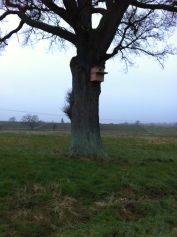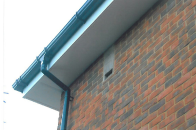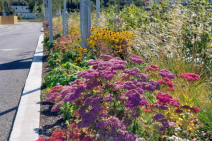Barn Owl Survey and Mitigation
Introduction
Our principle ecologist, Sarah, is registered under the Natural England Barn Owl Survey Class Licence CL29. Sarah volunteers with local barn owl groups and uses this expertise of local barn owl populations within our professional surveys and mitigation. Working in accordance with the nationally recognised Barn Owl Conservation Handbook and Rural Planning Applications – A guide both written by The Barn Owl Trust, we offer surveys, mitigation and advice to a high professional standard abiding by best practice guidelines.
Why is a barn owl survey needed?
Barn owls are listed on Part 1 (section 1) of the Wildlife & Countryside Act 1981 (as amended). It is an offence to kill, injure or take a barn owl or to damage or destroy the nest of a barn owl whilst in use or being built. Barn owl’s inclusion on Schedule 1 affords further protection against wilful disturbance whilst at or near the nest. Due to the concern over its current status the species is also listed in the EC Birds Directive and listed under Appendix II of the Bern Convention.
If a development will impact on features that could support breeding barn owls such as an agricultural building or mature tree, a barn owl survey will confirm the presence or absence and identify the breeding status of the barn owls on site.






